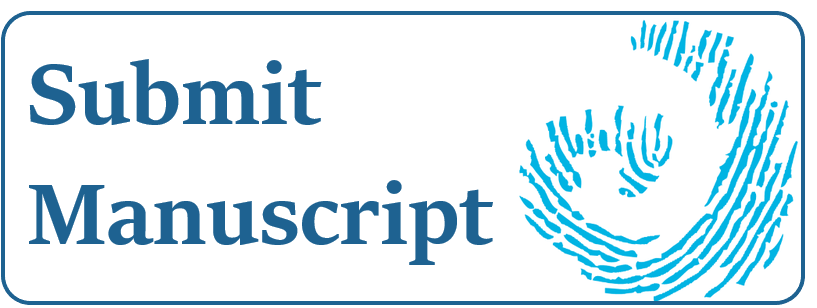Finding facts and constructing memory: the creation and custody of human rights records in South America
Abstract
Human rights records have been characterised as those created during the reign of repressive governments or in a transitional context, produced by the state or non-governmental organisations and whose content is related to, or is evidence of, the occurrence of human rights violations. This paper examines three major types of human rights records produced in South America during the second half of the twentieth century, with the aim of identifying their characteristics, the functions that they have served and the challenges that have emerged in relation to their preservation and custody.
From 2022 (Volume 50) authors contributing to Archives & Manuscripts agree to publish their work under the terms of the Creative Commons Attribution-NonCommercial-NoDerivatives License), which permits non-commercial re-use, distribution, and reproduction in any medium, provided the original work is properly cited, and is not altered, transformed, or built upon in any way. Authors retain copyright of their work, with first publication rights granted to A&M.




